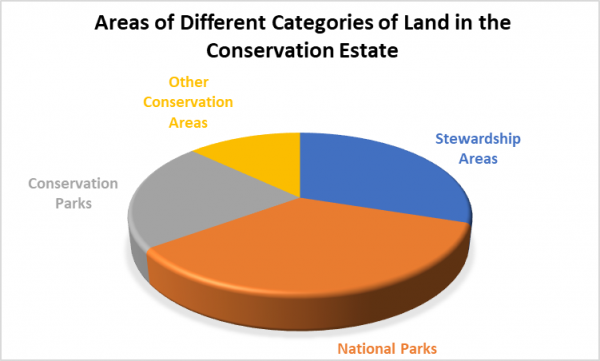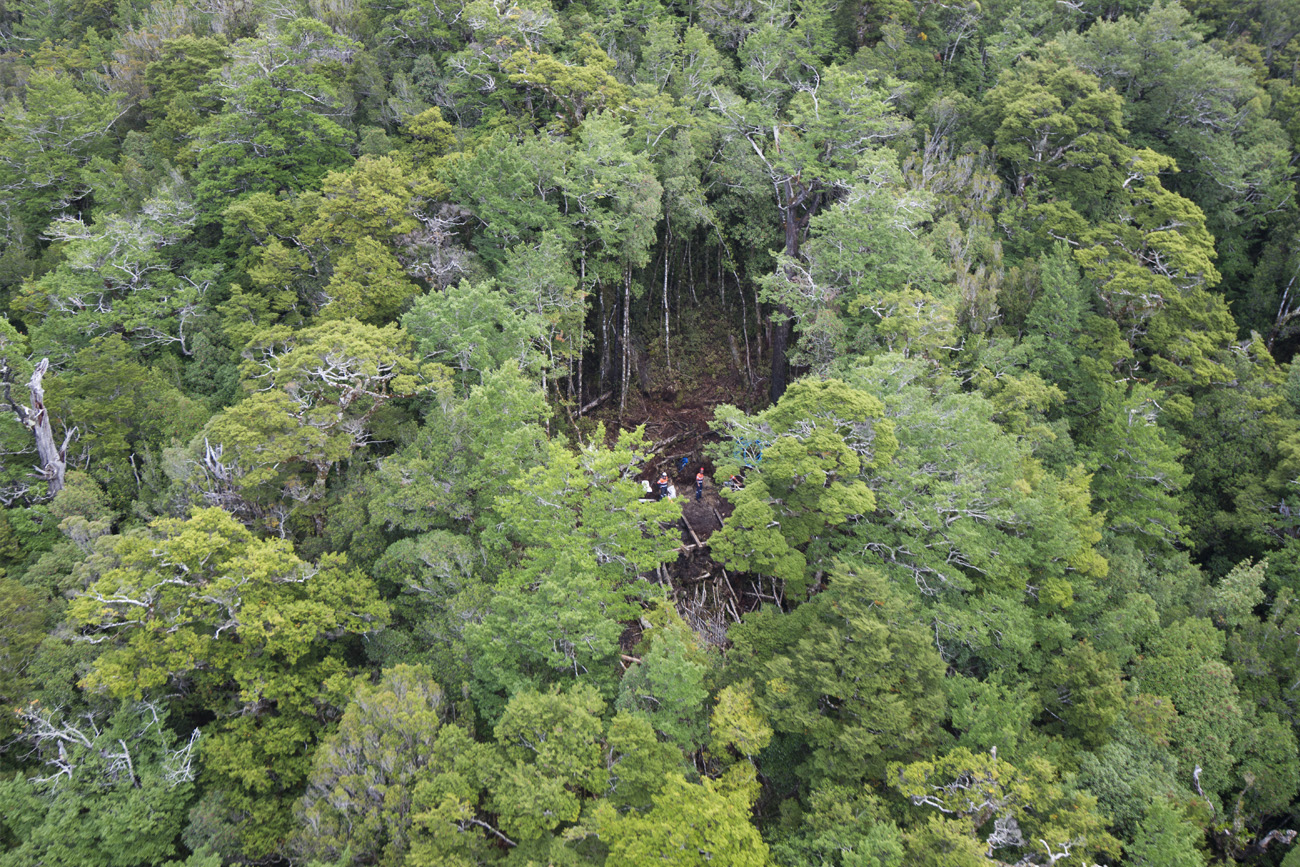1. Not all conservation land has high conservation value
It is often assumed that conservation land equates to national parks. This is not the case.
Conservation land makes up about 33% of New Zealand’s surface area and includes a raft of land types with a range of conservation values.
Everybody agrees national parks are sacrosanct. There is no argument here. National parks make up 35% of the Department of Conservation (DOC) estate so that’s 11% of New Zealand’s surface area.
Let’s look a little more closely at the different categories of conservation land that DOC administers:
- New Zealand’s total land area is 26.5 million hectares.
- New Zealand has 14 national parks covering around 3M ha in total. These tend to be the highest value conservation land.
- We have 32 conservation parks, totalling about 2M ha. As a generalisation, these tend to be the second highest value conservation land.
- New Zealand has almost 2,000 reserves, with a total area of around 0.5M ha. These tend to be the third highest value conservation land.
- And there are more than 6,000 stewardship land areas, with a total area of around 3M ha. These tend to be the lowest value conservation land. (Stewardship land is currently under review by the Government.)
Much of the land in the DOC estate, including stewardship land, was included in 1987 as part of the re-organisation of Crown land – not as a result of any assessment of actual conservation values. DOC was to act as steward for this land until its destiny was determined.

Eight reasons a ban makes no sense
- Not all conservation land has high conservation value
- Existing world-class environmental safeguards mean a ban is not necessary
- Minerals are essential to the way we live and are a crucial part of the low carbon future
- A ban would lead to damaging unintended consequences
- Just 0.04% of conservation land is mined
- Modern mining practices ensure good environmental outcomes
- Mining creates well-paid jobs and is important to the New Zealand economy
- Banning mining on conservation land is not the instrument to curb emissions







